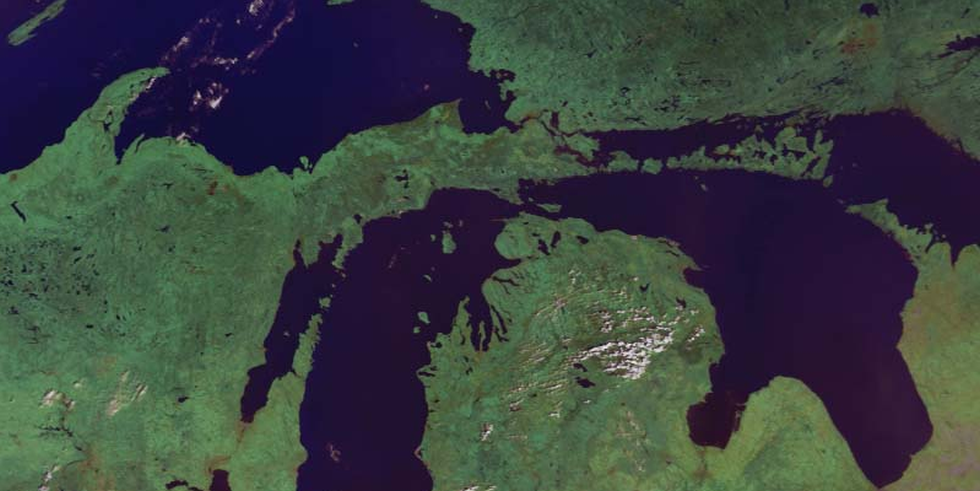
Up North Progressive
Politics and commentary for Northern MichiganThe Up North Progressive Guide to Dealing With Those Pesky Gypsy Moths: Egg Hunt
Wednesday , 21, July 2021 Community, Environment Leave a comment If you live up north in mid-July, 2021, you probably can’t help but notice cream-colored gypsy moths and their darker-hued boyfriends flying all over the place.
If you live up north in mid-July, 2021, you probably can’t help but notice cream-colored gypsy moths and their darker-hued boyfriends flying all over the place.
Gypsy moths are non-native invasive species in North America. After the Civil War, gypsy moth eggs arrived in Boston in an attempt to develop a silk market in the United States. Since the 1860s, the insect has traveled across the eastern United States and Canada. Today, they can be found as far west as Minnesota.
With 300 species of hardwood trees on the menu, it’s easy for the gypsy moth to find something to eat. Well-established infestations can defoliate entire forests.
Once gypsy moth caterpillars stuff themselves, they enter their pupa stage. They spin silk to take a nap while they digest their meal and grow up into adult gypsy moths. The only thing left to do is find a date and lay thousands of eggs inside fuzzy brown masses everywhere. This is where humans need to step up and take action.
Mating season is in high gear and you should have no trouble finding egg masses on trees, buildings, anything outdoors they can land on and lay eggs. Right now is the best and easiest time to eliminate these eggs before they have a chance to hatch next spring. It’s easy, requires no special tools, and you will get the satisfaction of knowing next year won’t be like this year when it’s time for the bastards to snack on your trees again. 
Tools: Something to scrape the egg masses off surfaces. Don’t use anything that will damage the trees. This gypsy moth eradication kit consists of a wooden stick about a yard/meter long and a large plastic cup filled with soapy water. Bleach or dishwashing soap will work to kill eggs.
Start searching for egg masses. Use your scraping tool to remove them from the surface and make sure the mass falls into your cup of soapy water. 
Once the egg masses are removed from anywhere you can find them on or close to your home, it’s time to expand your search area. 
Gypsy moths like to lay their eggs on the underside of tree branches and tree trunks. Most of the time, egg masses are at the base of trees or about 6 feet/2 meters off the ground. 
Can and will they lay them higher up? Yes, of course. The Up North Progressive found a tree where a female moth was about 20 feet up. Unless you want to drag a ladder into the forest with you some egg masses will be unreachable. The majority of eggs tend to be closer to the ground.
Most of the time cleaning the trees required bending or crouching. 
Once you start scraping them off the trees you will notice them everywhere. Ugh. 
Look at it as a long-term project. The Up North Progressive turned their cup of soapy water into gypsy moth egg porridge after 45 minutes of scraping trees outside their back door. Autumn mushroom hunting is coming up. Hunting season is coming up. Do you really need a reason to go outdoors and search for these damn things? 
Having less nasty caterpillars with voracious appetites killing trees and leaving ugly egg masses everywhere is reason enough.
Once you’re done scraping eggs into your cup of soapy water let it sit for a few days then toss it in the garbage. You have from now until next spring before they hatch to eliminate as many egg masses as you can. Make a day out of it with the family. Teach your kids to be stewards of the forest. You won’t kill them all but if enough of us make the effort, there will be fewer of them next year.
Greetings, friend! I love comments and read every one of them.